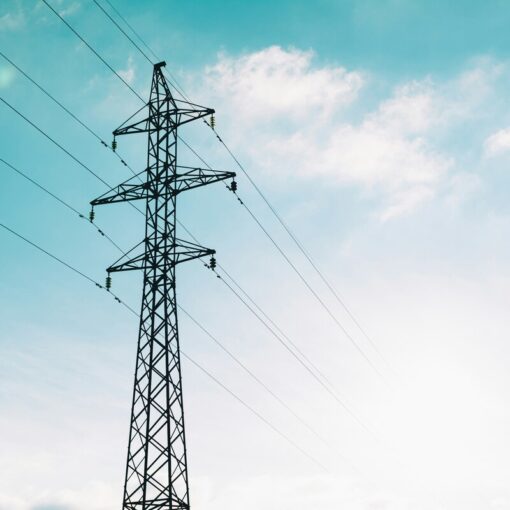By Adam Riedel, CCCL Associate Director
Environmental impact statements (EISs) should analyze the potential for energy efficiency to reduce the adverse impacts of new projects, to make the projects smaller, or to provide more benign alternatives. The National Environmental Policy Act (NEPA) and its state counterparts require EISs for major actions, and provide numerous opportunities for public participation in the EIS process. These opportunities can be used to press for greater consideration, and perhaps adoption, of energy efficiency measures.
These are the findings of a new white paper just published on-line by Columbia Law School’s Center for Climate Change Law. The paper, written by CCCL Associate Director Adam Riedel, serves as a guide to commenting on and challenging EISs on the basis of insufficient consideration of the issues of energy efficiency and conservation. The white paper discusses the statutory and regulatory basis underlying the consideration of energy efficiency and conservation in EISs and then tracks the EIS regulatory pathway, pointing out where and how energy efficiency comments can be injected into the NEPA process. The paper concludes with a discussion of the procedural course for bringing NEPA litigation.
NEPA requires the preparation of an EIS for all “major Federal actions significantly affecting the quality of the human environment.” One topic that often receives insufficient attention in EISs is energy efficiency and conservation. Energy conservation is the reduction of the unnecessary use of energy. Energy efficiency involves increasing the ratio of energy output to energy input. In other words, energy efficiency involves obtaining a level of production output with a decreasing energy input. Energy efficiency and energy conservation have tremendous potential to mitigate the environmental impacts associated with energy usage stemming from a proposed project or action. Additionally, in some instances, energy efficiency and/or conservation may be viable alternatives to a proposed project or action in its entirety. The scant attention often paid to energy efficiency in EISs combined with its significant mitigation potential and role as a possible alternative to certain projects makes it a fruitful commenting opportunity in the NEPA process and a potential avenue for challenging inadequate EISs through litigation.
The paper is available here.



